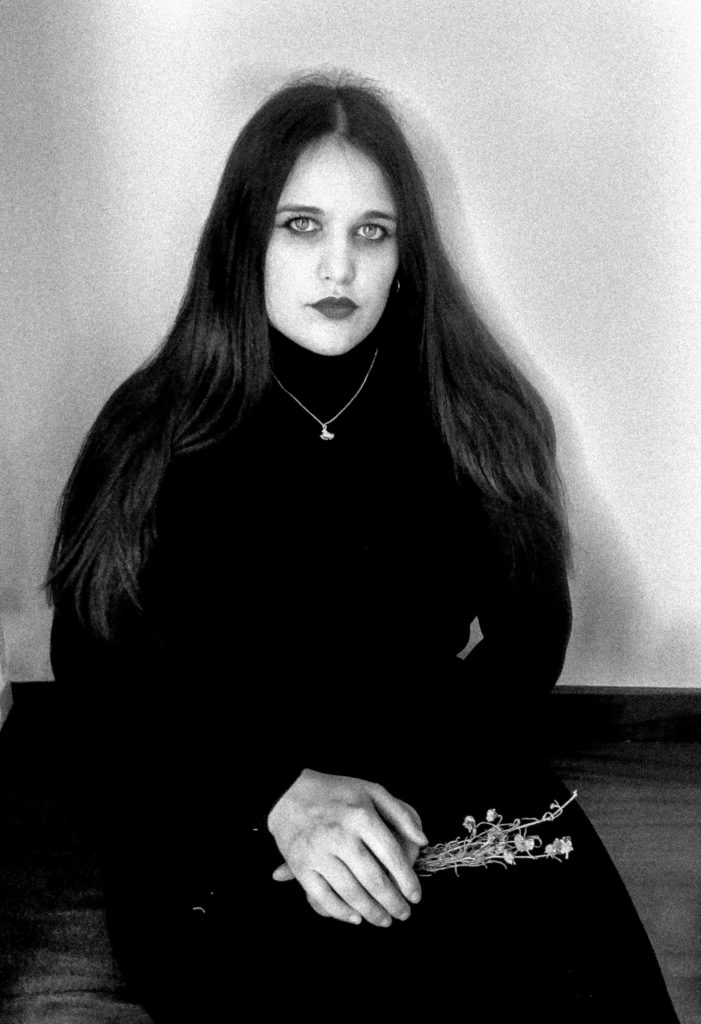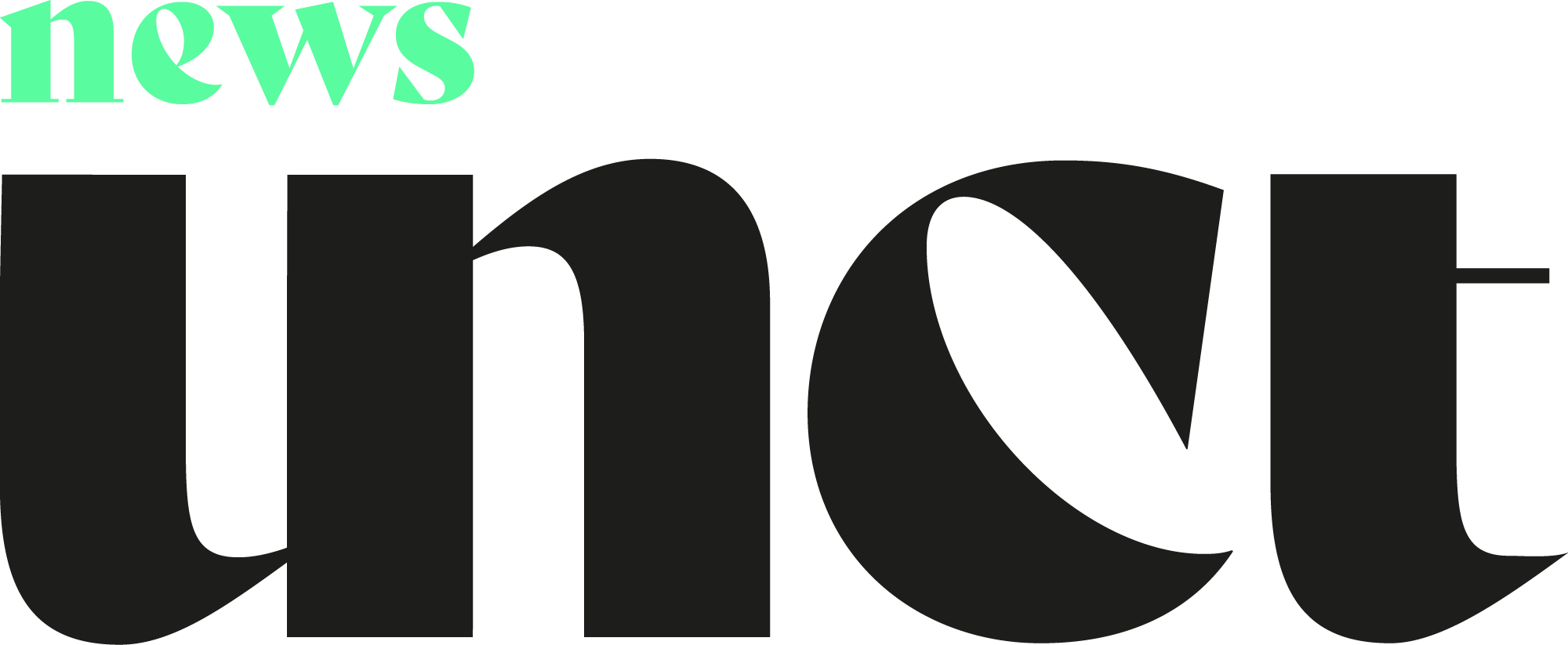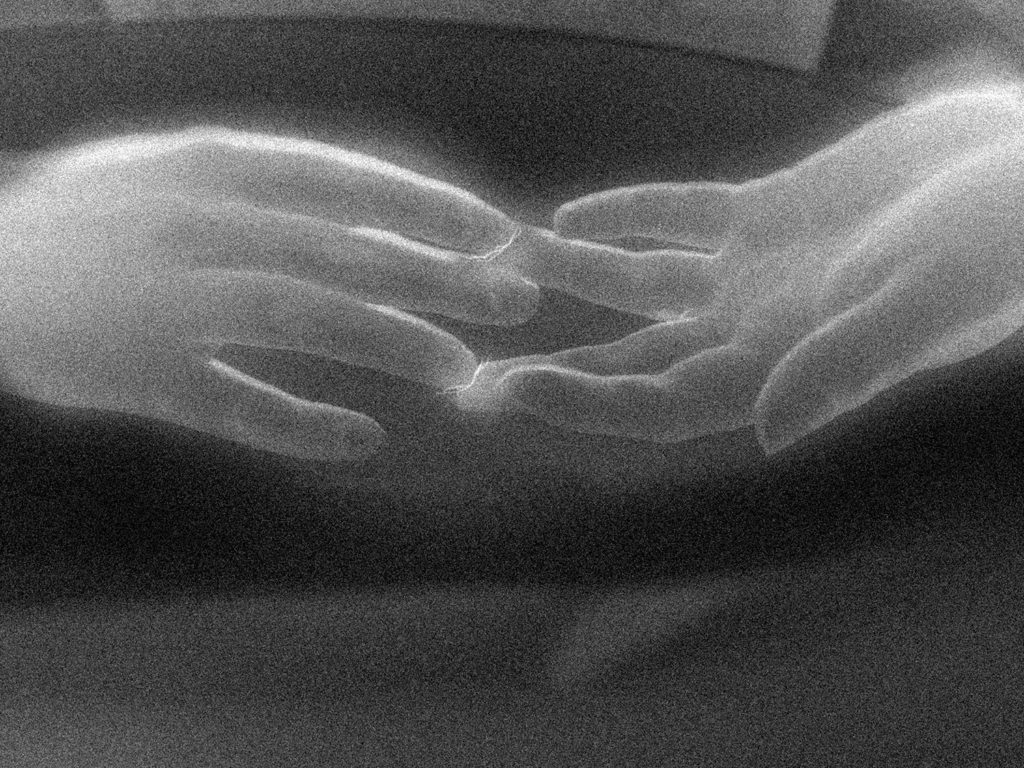
After graduating in Psychology Elisa Moro attended the Master’s degree in Contemporary Image at Fondazione Modena Arti Visive. Her main interest is the application of the creative process as a tool for therapeutic healing and emotional exploration of reality and its significance combining photography, drawings, archive materials, elements from physics and ecology. Following a posthumanist perspective that implies the dissolution of boundaries between entities, the body of work is connected by the same invisible thread of a progressive questioning of the idea of identity as something merely personal.
Was there a defining moment when you reached a decision to photograph and to incorporate the practise more permanently in your everyday life?
Photography has always surrounded me during my life-time in a non-professional way. I think that there isn’t a decisive moment but a slow absorption of an affective practice. My family has always been characterized by a lack of verbal communication but the act of being around family albums, pictures and cameras has always represented a sort of sacred and ritualistic moment that created closeness, mutual understandings and helped to keep a communal narration alive. I think that this is the germ of what has followed.
Tell us about your background? How has this shaped your practise?
My background is hybrid as I like to think of myself. I’ve always suffered from the hyper-specializing marketization process that our neoliberal socio-economic culture asks us to go through. I graduated as Psychologist and focused on Community Psychology, which is a branch that tries to expand the idea of human being from an independent conception to something inextricably interconnected with and defined by the macro-system in which it is filled in. Between my Bachelor and Master Psychology Degrees I attended a Master in Visual Art at Fondazione Modena Arti Visive. In my practices these experiences constantly contaminate each other in a loop. I consider photography as an inexhaustible tool for concretely-bodiedly experiencing the complexities that my psychology background brings to light in a more theoretical way. I think that the more clear example of this is my latest project “Existence is not an individual affair”, which is my poetical-political statement about the impossibility of considering us independent from each-other, humans and non-human beings not only for the cause-effect surface processes but also in a bodily-matter ontological sense.
Are there any artists in particular that have inspired your practise?
Those who have most inspired my practice are actually not photographers or artists but mostly contemporary philosophers, physicists, feminist activist-writers, ecologists and anthropologists. I will only name the most incisive meeting I experienced in my life with the writings of the queer physicist and philosopher Karen Barad and their book “Meeting the Universe Halfway: Quantum Physics and the Entanglement of Matter and Meaning”. In this ambitious book, Barad generates a philosophical infrastructure from the discovery of physicist Niels Bohr, who was the one who understood and proved that the act of observing things modified reality in a material way. In summary, Barad explains why being interdependent is an intrinsic state of being and matter, coining the term “intra-dependence” for this reason. This astonishing thought is what guides me both as a Psychologist and as an Artist.
Can you walk us through your process?
I like to think about my process as a hydric cycle. I am a fierce reader and I really need to study in a transdisciplinary way while I’m questioning about a circumscribed theme. In my case, most of my work is (obsessively) focused on the conception of “identity”. What is identity? How can I represent it considering all the bio-psycho-social variables? What does “being” mean if we are dynamic “happenings”? How close are we to non-human beings? In this phase while I’m studying physics, ecology and other readings it is like the degrees over the ocean start increasing and the particles create some cloudy ideas. In this second phase I try to create something in a very intuitive way, it is like a long-term brainstorming. I use everything: I can take pictures, use archive images, create collages or draw. Then it rains: in a mostly physiological way something works for me better then other things and I follow the path. When something is produced the hydraulic cycle starts again because my own images create other questions in me.
There is an increased focus on the intersections between art, environmental, sociocultural, and economic awareness. How do you see yourself interacting with this discourse?
I like to label my practice as “poetical-political” because it talks about all these issues without addressing them in a loudly straight way but tries to open the possibility to visceral and emotional intuitions and perceptions. In a more specific way my research tries to question the core issue of our contemporary society that is the anthropocentric gaze and measure of all things, the idea of identity as something structured, fixed, strictly personal and independent.
How has your personal style evolved and changed overtime?
Given my age and the number of years with which I interface in a serious way with photography not enough time has passed to see a palpable change. Certainly I have begun to interact much more physically and thus to relate to photography in a more bodily way.
Are there any future projects that you are working on that you would be happy to share?
“Existence is not an individual affair” is a project that is still in its “cloudy” form. Even though I’ve produced something that I’m happy about, there are still a lot of things I still have to metabolize in order to generate something new. It wants to interrogate our inherent plurality: of invisible ties, of illusory boundaries, of redefined bodies, of care and love in the most feminist radical sense. My practice always tiptoes and seems more poetic than political. As I said before it is actually poetic-political: re-discussing through images the boundaries of the self and otherness (human and non-human) is to reformulate the very idea of inhabiting the world. Discovering ourselves as permeable, volatile, ontologically interconnected phenomena opens up new spaces of possibility, and it is exactly in those spaces that I like to think I can inhabit. During this phase I’m considering how to actually insert concrete plurality in this project.


